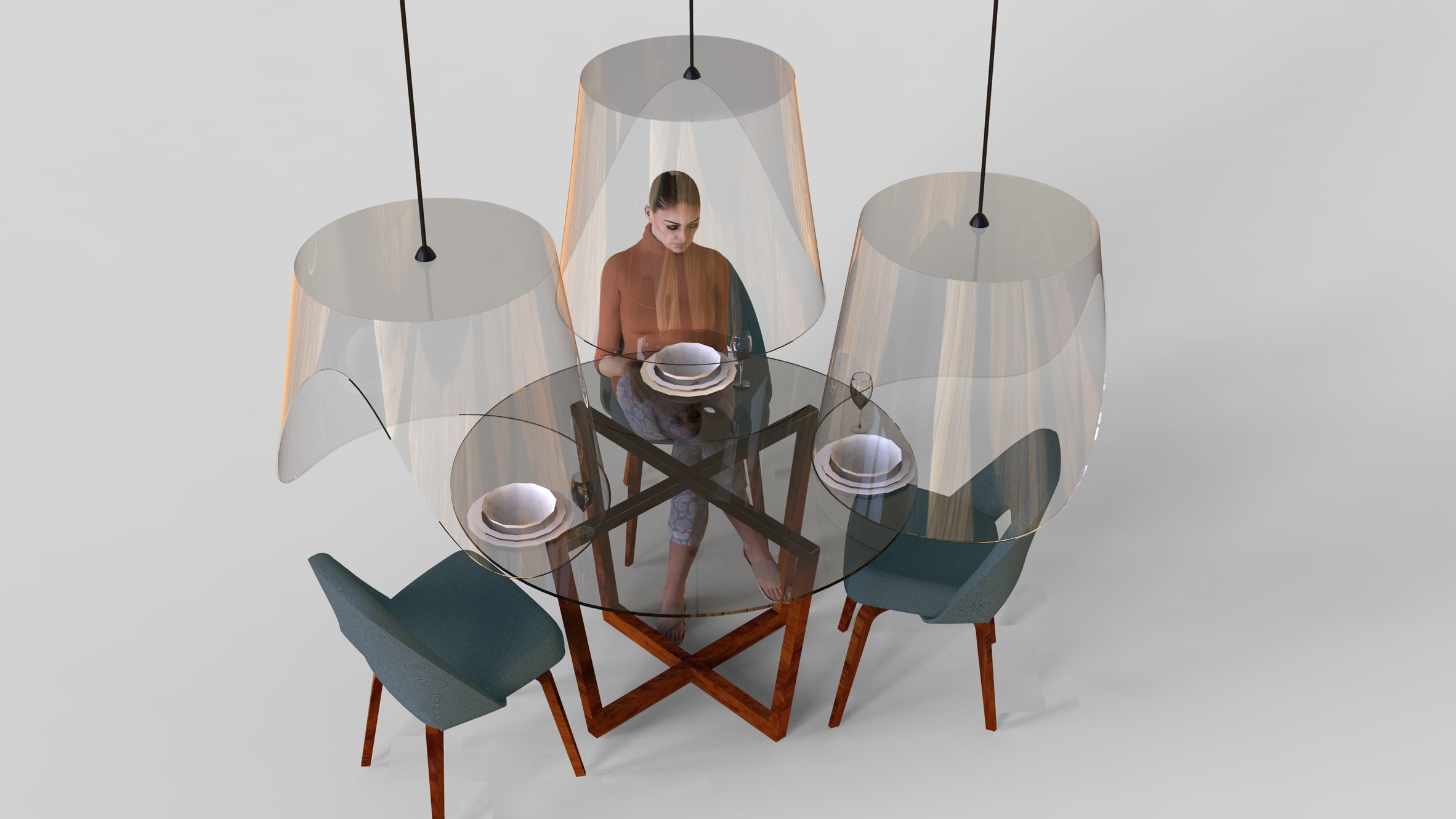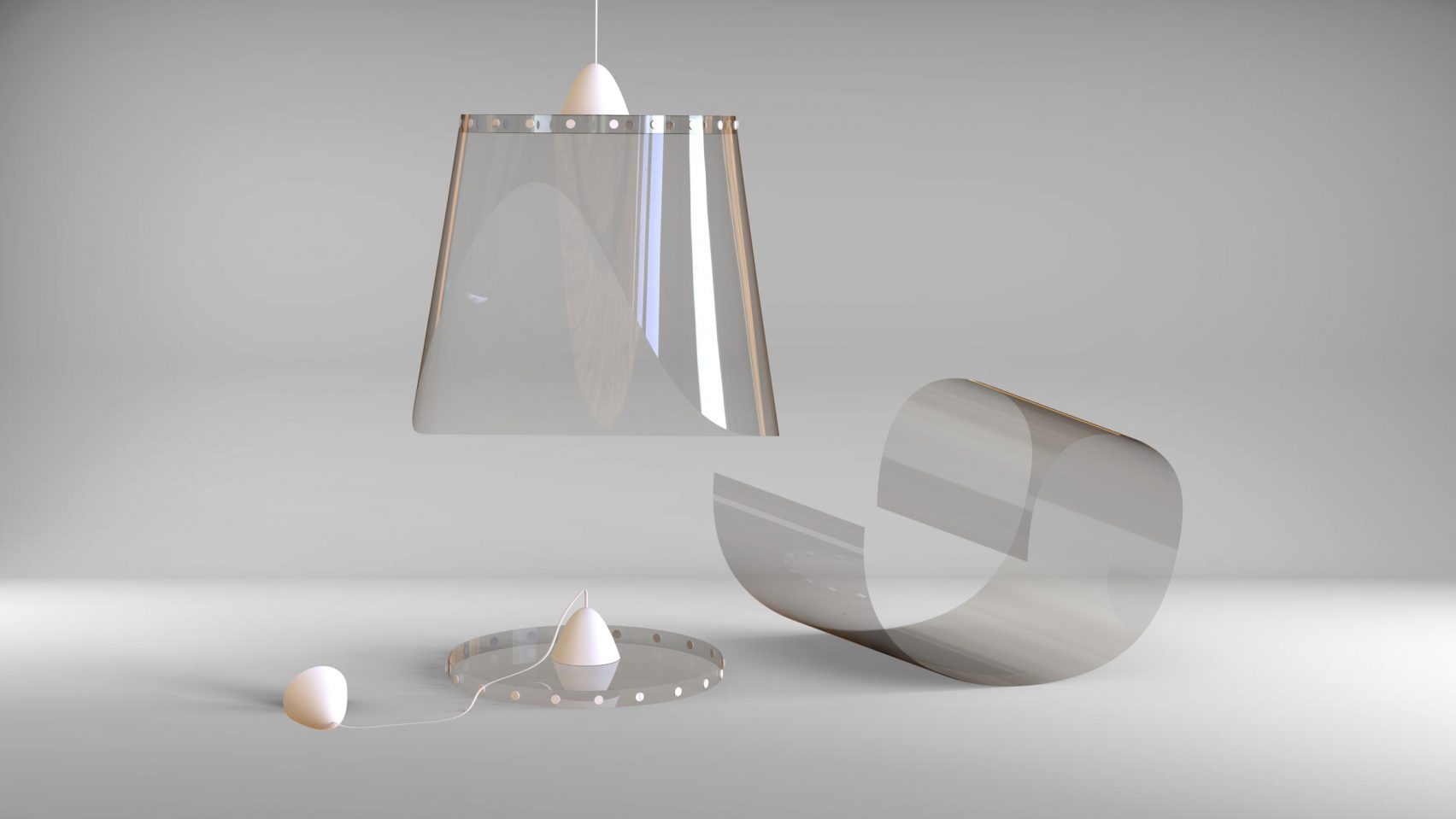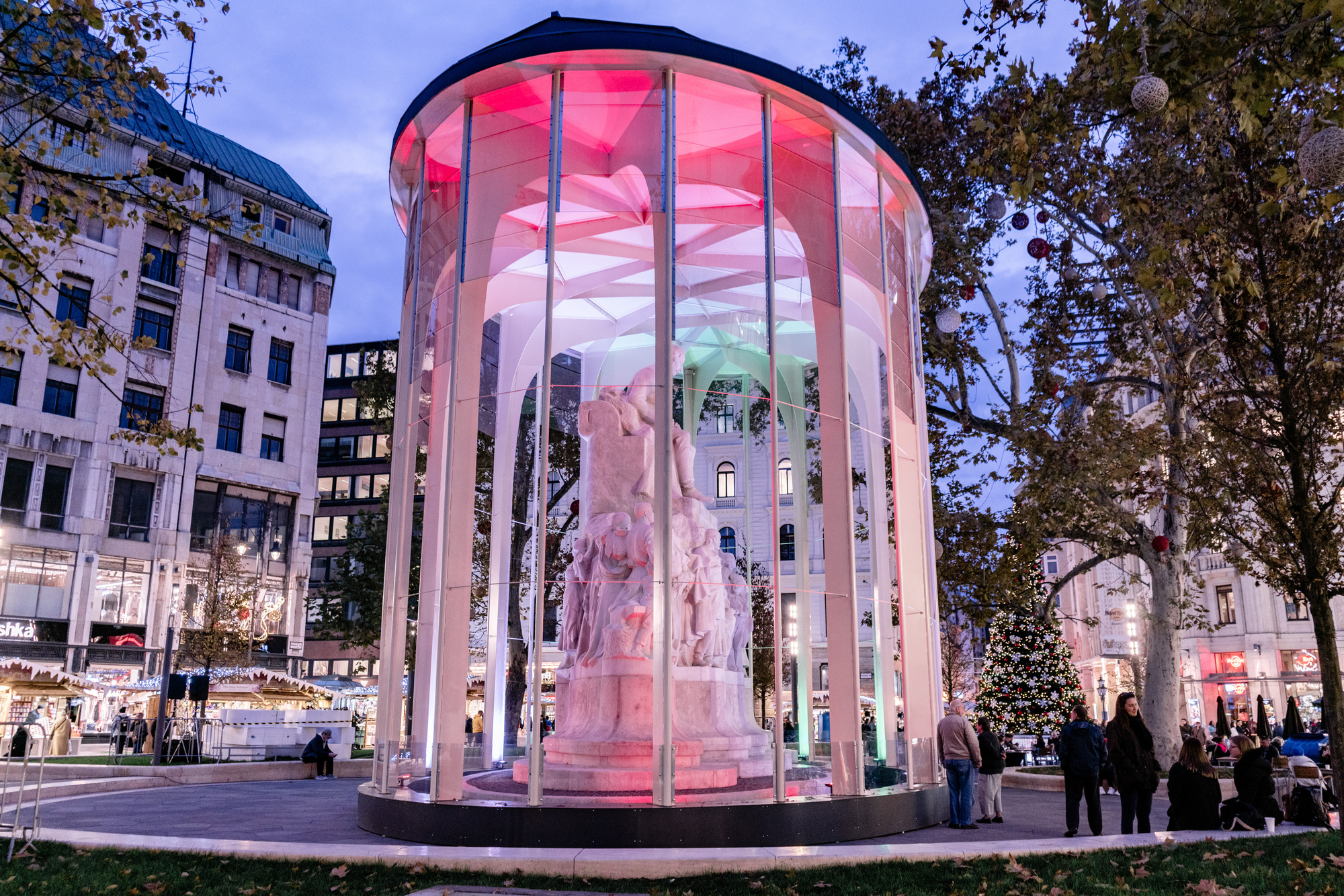Plexiglass: The Alternative of Glass in Architecture
If you are an architect, you most probably know what plexiglass is—that transparent plastic sheet you used to build studying models and maquettes for school projects. You most probably, as well, remember how sturdy it was, and how it was hard to cut and shape, which was a disappointment back then. However, now that we are considering safety -on different levels-, plexiglass has come in handy.
Plexiglass has been in the market since the beginning of the 1990s and continued to be incorporated in different fields—the industry of plexiglass witnessed two peaks: the first one was during WWII for military purposes, and the second is during our modern-days, to combat the outbreaks of coronavirus and allowing facilities to reopen safely.
Since the World Health Organization recommended using glass or plastic barriers to protect from infections during interactions, plexiglass is the thing that went viral! Restaurants, grocery stores, pharmacies, and other facilities are using plexiglass in different forms as a shield.

Courtesy of Christophe Gernigon
Plexiglass or Glass?
The material has all it takes to be considered as an essential component in the construction field, especially as an alternative to glass: it is lightweight, durable, shatter-resistant, flexible, and versatile. Glass can have a less initial cost than plexiglass, but in the long term, plexiglass is more convenient due to significantly cheaper maintenance and replacement costs.
Is Plexiglass Sustainable?
In a world of environmental crises, it does not sound right that plastic barriers are being demanded and produced dramatically—however, scientists and concerned businesses are working on a sustainable and recyclable option to be available in the near future. According to David Smith, the circular economy program lead by an international acrylic products company, materials like plexiglass can be turned back to their virgin state through heating to a certain temperature.
What is Plexiglass?

Courtesy of Plexiglas
Plexiglass is a plastic material made from polymethylmethacrylate (PMMA), typically manufactured into transparent sheets. It is also known as acrylic, acrylic glass, or perspex. Because it is a lightweight, strong material with long service life, Plexiglass can be used in various applications. For instance, in the construction field, it is mostly used in window sheets as it transmits light effectively.
History of Plexiglass
Scientist Otto Röhm dedicated himself to plastics research at the beginning of the 1990s until the Rohm & Haas company invented Plexiglass in 1933 with the brand name “Plexiglas”. Several other brand names rose back then, including Perspex and Lucite. Plexiglass started as a material suitable for applications in simple tools and accessories until the production increased tenfold during WWII, as it was used in the aircraft industry. After WWII, Plexiglass entered the construction field in the form of windows, glass roofing, and advertising purposes.
Using Plexiglass in Architecture

Courtesy of Pottery Barn
-
Windows and Skylights
In recent decades, Plexiglass has been gaining more popularity than glass in windows and skylights applications in both commercial and residential facilities, as the former provides more safety and security—it is stronger and more shatter-resistant than glass. Another advantage of Plexiglass is that it can be installed into any type of roof, while glass poses some challenges. Moreover, Plexiglass has a higher thermal value than glass.
-
Solar Panels
Solar panels require a material that is resistant to harsh weather conditions and one that transmits light effectively. Plexiglass is more durable than tempered glass and transmits 90% of the light it receives to the solar cells.
-
Secure Facilities
As we previously mentioned, Plexiglass is extremely shatter-resistant and easy to install. It is also resistant to damage and abrasions and easy to maintain, meaning it is perfect for secure facilities including government buildings, ATMs, and detention centers.
-
Interior Design
All the advantages offered by Plexiglass make it suitable for interior applications, including shower frames, shelves, stools, and all types of furniture pieces.
5 Examples of Plexiglass Applications in Architecture
-
Plex’eat Hoods | Christophe Gernigon

Courtesy of Christophe Gernigon
A form of suspended Plexiglass hoods has been introduced by French designer Christophe Gernigon to be used in restaurants as a shield for diners to combat the spread of coronavirus. Plex’eat Hoods take the shape of transparent lampshades and will be suspended above tables for people to sit underneath them while eating and drinking—the hoods have the potential to reduce airborne infection. They fit only one person, however, Gernigon said he will consider developing larger models for couples and families to share.



-
Gulliver Auditorium | Martin Rajniš

Photography by Petr Kralik
This literary auditorium takes the shape of an airship and rises diagonally over DOX Center for Contemporary Art in Prague. The idea was to create a place that would freshen up the notion of the existing concrete building, and create an inspiring place for the writers’ ideas to “take off”. The architect proposed this building made from wood, steel, and Plexiglass. With such a heavy and tricky structure it was hard to open to the view, however, the daylight filtered through the wooden beams, protected by the Plexiglass floating roof.



-
Maria Nila Head Office | ASKA

Photography by Mikael Lundblad
ASKA transformed a four-story townhouse in the style of National Romanticism into the new head office and salon of one of the world’s leading haircare brands, Maria Nila. According to the studio, when entering the salon “you are welcomed by a unique art installation made out of form- cut plexiglass discs, resembling shampoo that comes dripping down from the ceiling. The purpose is to draw the visitors’ attention straight to the core of the company—their product.”

Photography by Mikael Lundblad
-
Art Shield Statue Conservation Pavilion | Hello Wood

Photographs by Zsuzsa Darab
This 10-meter-tall spectacular steel pavilion was built to protect the monument in Vörösmarty tér and give it a fresh, contemporary view. Hello, Wood used Plexiglass in this project to satisfy both functional and aesthetic purposes. The transparent Plexiglass facade protects the statue from the driving rain, while it contributes to its city-wise contemporary look, especially when transmitting the colored lights as the evening approaches.



-
Laureus Learning Pavilion | Architecture BRIO

Courtesy of Ariel Huber + Rob Thomas Photography + Architecture BRIO
The Laureus Foundation-sponsored Learning Pavilion is an interactive building used as a gathering space and play area for Mumbai’s underprivileged children. Plexiglass was utilized in this project to create a 29-meter long roof that stretches out to cover one of the decks and large double-height workshop space. According to the architects, this airy space “will be used to play games, build rafts, use the mini Jacob’s ladder, or just sit in the shade.”



Daniel Mercer is a Coffee Break section editor at Arch2O, currently based in Berlin, Germany. With a background in architectural history and design journalism, Daniel holds a Master’s degree from the University of Edinburgh, where he focused on modern architecture and urban theory. His editorial work blends academic depth with a strong grasp of contemporary design culture. Daniel has contributed to several respected architecture publications and is known for his sharp critique and narrative-driven features. At Arch2O, he highlights innovative architectural projects from Europe and around the world, with particular interest in adaptive reuse, public infrastructure, and the evolving role of technology in the built environment.

